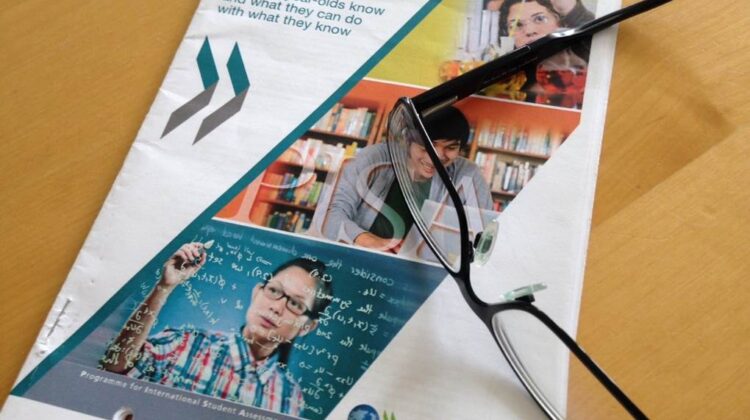
Recent and ongoing debates about the PISA Study Results and educational outcomes in Sweden have led to a focus on the suitability of the acoustic environment for today’s teaching and learning activities.
Some renowned Swedish academics have questioned the suitability of present day classroom acoustics for today’s education and suggest a different room acoustic approach is required…..
In the Swedish media there have been many discussions and debates around why Sweden has been falling behind regarding students’ knowledge acquisition – according to the latest OECD PISA Study Results.
This has prompted two renowned academics to be quoted and included in an interesting SVT news opinion article in Swedish – English summary below:
“Today’s education requires a different room acoustics than the traditional lecture style teaching. Therefore, it is currently difficult to teach in a classroom that was built 30 years ago.” says Stig Arlinger retired Professor Technical audiology, Linköping University and Staffan Hygge retired Professor Environmental Psychology, University of Gävle.
The article continued about how the PISA report also included other broader negative issues around the grading system, the curriculum and the lack of qualified teachers, especially in science subjects. However it has also been highlighted that many of Sweden’s school buildings were built in the 60’s and 70’s with many being much older. These were primarily designed for lecture style teaching only, where the teacher talks to the whole class and the students listen…..
Now education in Sweden and many countries has changed and students don’t sit and listen to the teacher or study alone quietly but are now much more engaged with their learning process particularly when it comes to speech communication. They discuss topics as a whole class, in pairs or are involved with group work resulting in a completely different speech communication dynamic.
As stated by the prominent Professors, today’s education requires different room acoustics than only focusing on the teacher speaking in one position at the front to the whole class, so this would give an explanation for difficulties teaching in a classroom set out for a one dimensional speaking activity some 40-50 years ago. It was also noted that poor acoustic environments in Sweden are still existing due to the acoustic performance being rarely checked, meaning that even newly built schools may not have good sound environments.
Studies were highlighted including one by the University of Gävle which showed that classrooms with a poor sound environment impaired memory and learning because students’ working memory capacity becomes occupied with concentrating on the teacher’s voice over the background noise. See link below for more on the research by Robert Ljung.
Other aspect lifted out where:
· The greater need for a good sound environment for non-native language speakers
· The appropriate working environment for teachers
· More requirements to assess the sound environment for learning including acoustic measurements of new and refurbished schools to make sure they have the required acoustic standard
· The sound environment is only part of the deteriorating PISA results but there is an underlying factor which needs to be discussed
· A good sound environment is a basic requirement to communicate and learn
· Improving the sound environment can contribute to more people wanting to be teachers – something Sweden really needs
More info:
OECD Pisa Study (Test results) increasingly becoming a hot topic in educational
politics and overall politics in general worldwide.
OECD TALIS – Teaching and Learning International Survey – Individual reports per
country available from this link. TALIS indicators per country info.

Robert Ljung Gävle University
More info about Robert’s paper: Room acoustics and cognitive load when listening to speech


